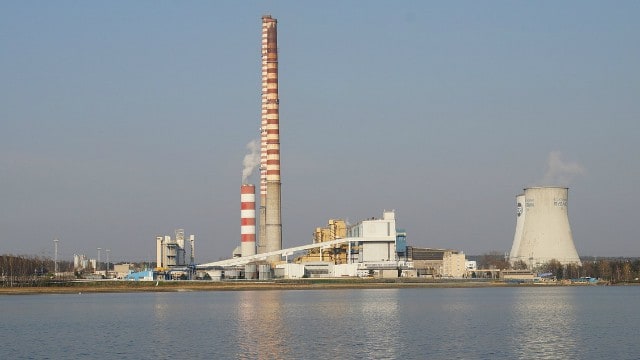Canada’s largest coal and base metals miner Teck Resources Ltd. (TSX:TECK.B)(NYSE:TECK) continues to garner considerable attention from investors. After rallying strongly over the second half of 2016 because of a significant rebound in steel-making coal, copper, and zinc, it has pulled back sharply in recent months. This has led to some pundits to claim that now is the time to invest.
Let’s take a closer look at what the future holds for Teck.
Now what?
When it comes to commodities and mining stocks in the past, it has essentially been all about China, which, except for crude, has become the world’s single largest consumer of commodities. In recent months, demand for steel in China has waned, as Beijing’s economic stimulus focused on credit-led infrastructure investment came off the boil. The impact this has had on demand has been magnified by Beijing’s enforced closure of steel mills as part of a pollution-reduction strategy.
That certainly doesn’t bode well for the outlook for steel-making, or coking coal, which is responsible for about 70% of Teck’s gross profit.
There are also supply-side pressures caused by global miner BHP Billiton Ltd. (NYSE:BHP)(NYSE:BBL) investing heavily in expanding its Australian coking coal business. Back in April 2017, the mining giant earmarked a US$200 million investment in its Queensland coking coal mining operations, and Australian production has recovered after being disrupted by Cyclone Debbie.
These factors explain Teck’s recent weakness.
Nonetheless, it is not all bad news for coking coal.
China’s manufacturing activity for September expanded faster than forecast, as enterprises moved to take advantage of better than expected global economic growth and rising demand. Furthermore, first-half 2017 GDP growth exceeded expectations, expanding by 6.9%, meaning that China will likely exceed Beijing’s full-year 2017 target of 6.5%.
Industry insiders also expect India, which is rapidly developing and forecast to experience GDP growth of a stunning 7.2% for 2017, to drive ever-higher demand for steel.
Then there is the improving outlook for the global economy, which should driver higher demand for steel, copper, and zinc — all essentially inputs for a range of industrial activities. The World Bank expects global economic growth to pick up to 2.7% for 2017 on the back of an uptick in manufacturing activity, greater consumption, and rising business investment. The IMF has taken an even more positive outlook forecasting that global GDP will expand by 3.5% year over year for 2017, because of a marked improvement in the economies of the Eurozone, Japan, and China.
Stronger growth certainly bodes well for increased demand for metals and, accordingly, Teck’s earnings.
While the ongoing gyrations of commodity prices are beyond the company’s control, it has taken advantage of higher prices and a marked uptick in earnings to strengthen its financial position. By the end of the second quarter, Teck had reduced its debt to US$4.8 billion. It has also used the significant growth in earnings to reward loyal investors who stuck with the company when there were fears that it would not survive the protracted slump in commodities by doubling its base annual dividend to $0.20 per share.
So what?
While the outlook for Teck has improved over recent months, this is not a stock for the faint-hearted. Miners are high-risk investments, and the volatility surrounding steel-making coal, copper, and zinc certainly adds to the degree of risk associated with investing in Teck.
Nonetheless, Teck’s ability to boost production to record levels during the second quarter coupled with firmer coal, copper, and zinc prices bodes well for earnings growth over the remainder of 2017. For that reason, Teck’s latest pullback is an opportunity for investors to dip their toes in the water and make a bet on improving global economic growth.
 Act Fast: 75 Only!
Act Fast: 75 Only!





